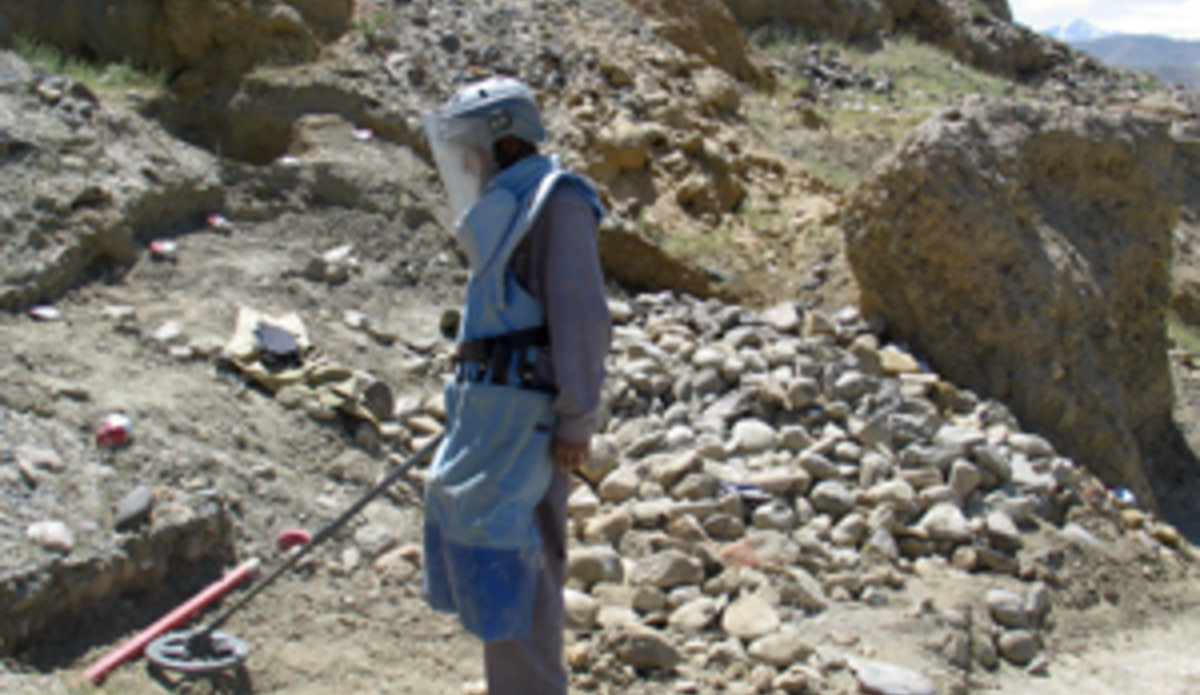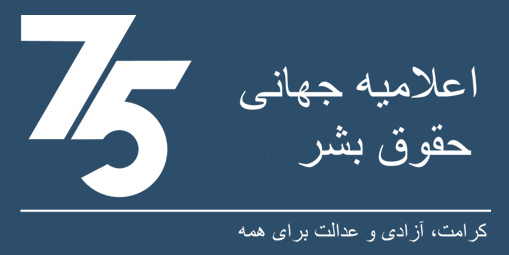UN works to protect Afghanistan’s world heritage site
KABUL - A major cultural and demining operation is taking place to protect ancient archaeological sites in Afghanistan’s historical province of Bamyan.
The UN’s cultural organisation (UNESCO) and the Mine Action Coordination Centre of Afghanistan (MACCA) are working together with the Ministry of Information and Culture to clear mines from archaeological areas in the ancient valley of Bamyan.
The aim is to allow future research, conservation and safe access for tourists in the future.
The demining that started in early May and is due to finish in October is expected to clear the deadly mines that have already taken 35 lives since 1987 – 17 in 2002 alone.
The cultural landscape and archaeological remains of Bamyan Valley were listed on the UNESCO World Heritage list in 2003.
The world renowned giant Buddhas in Bamyan were destroyed by the Taliban in March 2001.
“Despite the great loss caused by the Taliban’s vandalism, the site retains important cultural and artistic remains, notably invaluable mural paintings,” says the UNESCO website.
“The site is on the ‘endangered’ list due to natural and human factors that place it at particular risk,” said Brendan Cassar, a UNESCO specialist, who along with a team of experts recently visited Bamyan to assess the ongoing de-mining activities.
“This UNESCO project aims to remove or mitigate these risks and ensure long-term conservation and sustainable management of Afghanistan’s world heritage,” he added.
UNESCO experts are working closely with MACCA deminers to ensure safe access to the sites and to avoid any damage to archaeological artefacts.
Around 100 deminers contracted by Afghan Technical Consultants are working at four historical sites to clear an area of 349,596 square metres this year.
As of 11 June, 58,886 square metres of area has been cleared, according to MACCA.
“We have a plan to announce Bamyan’s world heritage sites as mine free by the end of October this year,” said Aziz Rahman, MACCA’s Operations Assistant in Bamyan.
A total of 811 anti-personnel mines and unexploded ordinance have been discovered and destroyed during two months of operations from an area of 111,000 square metres.
“Demining at archaeological site is not easy, it’s not like other areas, we have to take extra measures to ensure safety of the site,” said Mirwais, a 30-year-old deminer, who along with his colleagues received training from UNESCO on how to deal with dangerous mines and precious artefacts at the same time.
“We have been trained by UNESCO on how to deal with artefacts,” he added.
In Bamyan shopkeepers and villagers are hopeful that a mine-free province will attract more tourists which will affect the economy of the province.
“We are happy with the demining. This will bring more tourists to Bamyan and we can now let our children visit the historical areas without any fear,” said Mohammad Baqir, a local farmer who lives close to an archaeological site.
By Jaffar Rahim, UNAMA
Website: Mine Action Coordination Centre of Afghanistan
 UN
UN







